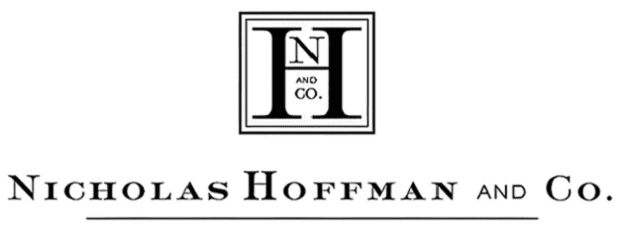
Amazon’s To Do List: Groceries and Drugs
December 4, 2017
Amazon plans to shake up two retail industries in a big way within the next decade: groceries and pharmaceuticals.
Amazon is attacking the grocery business from all angles. Since the $13.7 billion acquisition of Whole Foods, Amazon has already begun undercutting prices to increase market share. In addition, Amazon has long been working on its own original concepts. Seattle has seen the launch of AmazonFresh Pickup, which allows you to order online and collect your bagged groceries from a “drive-up grocery store” within a 2 hour pickup window. This service enables easy sorting of items by price and other factors, and review of previously ordered items on the AmazonFresh app to speed up the process. AmazonFresh delivery is another concept you might have heard of. The service is available for Prime members and costs an extra $14.99 a month, delivering just about anything you’d find in a grocery store to your door with next-day or same-day delivery. Even frozen items can be delivered in temperature-controlled totes. Amazon Go is perhaps the most radical new grocery service in the works. This allows a shopper to choose their groceries in store and leave without checking out. The Amazon “Just Walk Out” technology detects which items are selected, and then the shopper’s Amazon account is charged. Still in its beta phase, Amazon Go has just one store, also in Seattle.
Amazon’s ambitions in the pharmaceutical industry are now coming into focus. Although highly regulated, this industry has some features that put it right in Amazon’s wheelhouse. For example, there are very challenging digital and physical logistics behind getting the right drug to the right person at the right time. This massive industry is dominated by a few companies making attractive returns with large profit margins – a bullseye for Amazon’s persistent undercutting strategy. Amazon has already been meeting with industry experts, and has hired some executives to confirm that this opportunity is feasible. The US pharmaceutical industry can be split into four tiers: drug makers; pharmacy benefit managers (PBMs) who negotiate prices with manufacturers, process pharmacy benefit claims, and operate home-delivery pharmacies; wholesalers who distribute drugs to pharmacies and hospitals; and retail pharmacies. The drug makers are likely safe, but the next three tiers could be in danger. The largest PBMs are Express Scripts, and CVS trading as Caremark and Optum Rx. The three main wholesalers are AmerisourceBergen, McKesson, and Cardinal Health and they handle 90% of drugs sold in the US. Lastly, the two largest retail pharmacy chains (as you could probably guess) are CVS and Walgreens who control half of the market with almost 18,000 outlets.
It has been fun to watch Amazon make the economy more competitive while consumers benefit. At its current rate of growth, Amazon will be selling more stuff than Walmart in less than a decade and who knows what other industries they could invade!
Dan Hall

